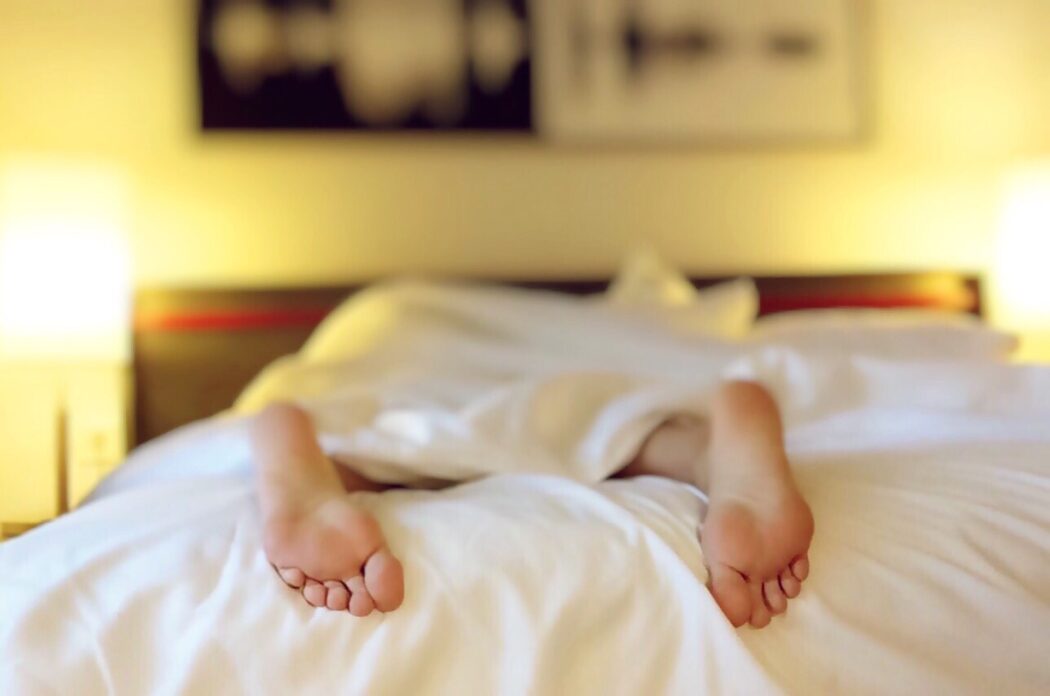You’ve been asleep for a couple hours then suddenly, you awaken. Blinking your eyes a couple of times, you try to adjust to the shift in lighting. Naturally, you try to move around, but your body doesn’t seem to be receiving the message. You focus on your toes and try to get one to wiggle. Next, you try your fingers but still, nothing. You are paralyzed. The opening and closing of your eyes is the only motion your body will allow. As if this wasn’t scary enough, you start to see a dark figure appear above your bed. The weight of a boulder sits upon your chest as the figure gets closer and closer. You try to scream but you can’t open your mouth.
This is not a nightmare, it’s actually the complete opposite —this is sleep paralysis. Sleep paralysis is a feeling of being conscious but unable to move and occurs when a person passes between stages of wakefulness and sleep. It’s thought to be an evolutionary mechanism that prevents people from acting out their dreams.
Perhaps the hardest part to grasp for people who have never experienced sleep paralysis is the inherent fear. It is said that the hallucinations and unwanted noises heard during sleep paralysis is due to a reaction of the condition. The sense of being trapped in your body triggers a panicked response with increased heart rate. This extreme anxiety causes people to be very fearful of their surroundings, thus creating hallucinations.
There are two major hallucinations that people with sleep paralysis experience. The first is this ominous feeling that someone or something has entered into your room. Immediately you feel you are in danger. This figure can either be seen or simply just ‘felt,’ both equally terrifying. The second is the sense that a gremlin (yes, I said gremlin) is perched upon your chest. This often makes the victims feel like they are being pushed into their bed, making breathing much more difficult. Sometimes, both of these hallucinations can occur at the same time.
Another frightening aspect to sleep paralysis is that while a victim is experiencing perhaps one of the most terrifying visions of their life, they are simply sleeping to anyone else in the room who might look their way. Although your heart is beating out of your chest and all you want to do is scream, you lay there calmly, silently. When the sleep paralysis breaks, which almost every time happens on it’s own schedule, the victim will pop up quickly, panting, sweating and often disoriented. Seconds earlier, it was as if they were in a deep REM sleep having a lovely dream, perhaps.
There is often a comparison between lucid dreaming and sleep paralysis, but it is not a fair one. Lucid dreaming is often a chosen awareness that you are in a dream, and the ability to maneuver around your imagination and create your own dreams which are more often than not, a positive experience. When experiencing sleep paralysis, your eyes are open and you are aware you are in your room. You see the person sleeping next to you, your nightstand, your closet, etc. Not only are you not dreaming, but you have given up all control to this demon force in your room.
Still to this day it is uncertain what exactly causes sleep paralysis. Mental Health Daily claims it can be a result of sleep deprivation, increased anxiety in daily life, or even a history of mental illnesses. However, sleep paralysis can also be a completely random occurrence. Although it is a truly terrifying experience there are also no real health concerns revolving around the sleeping disorder. The advice that most doctors familiar with sleep paralysis give is to try not to fight it. Resistance can make the episode much more intense and as Michael Breus, Ph.D., clinical psychologist and fellow of the American Academy of Sleep Medicine said, “You can’t fool mother nature — there’s no way to pull yourself out of it. You just have to wait it out.”





